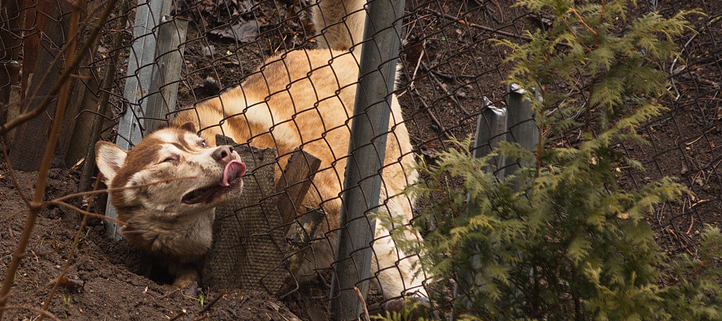Unearthing the Behavior: Why Dogs Dig Under Fences and How to Address It
Seeing their furry friend digging determinedly under a fence can be both perplexing and frustrating for many dog owners. However, this behavior is not uncommon among dogs and often stems from a combination of instinctual tendencies and underlying needs. Understanding why dogs dig under fences and implementing effective strategies to address this behavior can lead to a harmonious coexistence between you and your four-legged companion.
Natural Instincts and Curiosity: Dogs are naturally curious creatures with a strong sense of smell and a desire to explore their environment. Digging is an instinctual behavior that traces back to their wild ancestors, who would dig for various reasons, such as creating shelter, finding prey, or escaping predators. This innate curiosity and desire to investigate scents and sounds can prompt dogs to dig under fences to explore what lies beyond.
Underlying Needs: Beyond curiosity, dogs may dig due to underlying physical or psychological needs. Dogs that are bored, lonely, or anxious may turn to digging to alleviate their restlessness. In some cases, the coolness of the soil can also provide relief from heat, making digging a way for dogs to regulate their body temperature.
Addressing the Behavior: To curb the digging behavior, it’s crucial to identify and address the underlying causes. Providing ample physical and mental stimulation through regular exercise, interactive play, and training sessions can help alleviate boredom and restlessness. Ensure your dog has access to shade and water to prevent them from digging to escape the heat. Reinforce positive behaviors by rewarding your dog when they exhibit appropriate behavior around the fence. Additionally, consider creating a designated digging area in your yard where your dog can satisfy their digging instincts without causing damage.
In conclusion, understanding why dogs dig under fences is the first step in finding a solution to this behavior. By acknowledging their instincts and addressing their needs, you can create a more fulfilling environment for your furry friend and establish a stronger bond between you and your canine companion.



